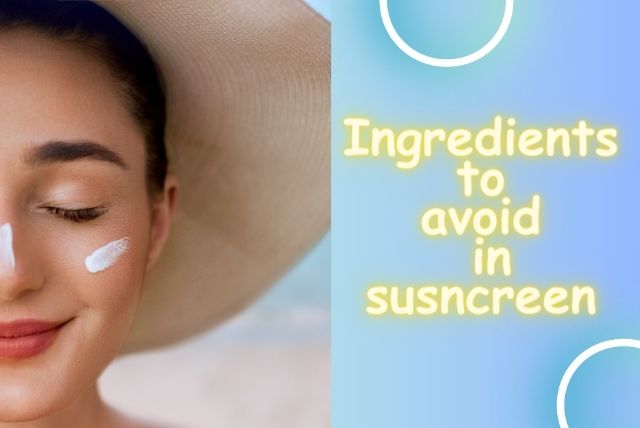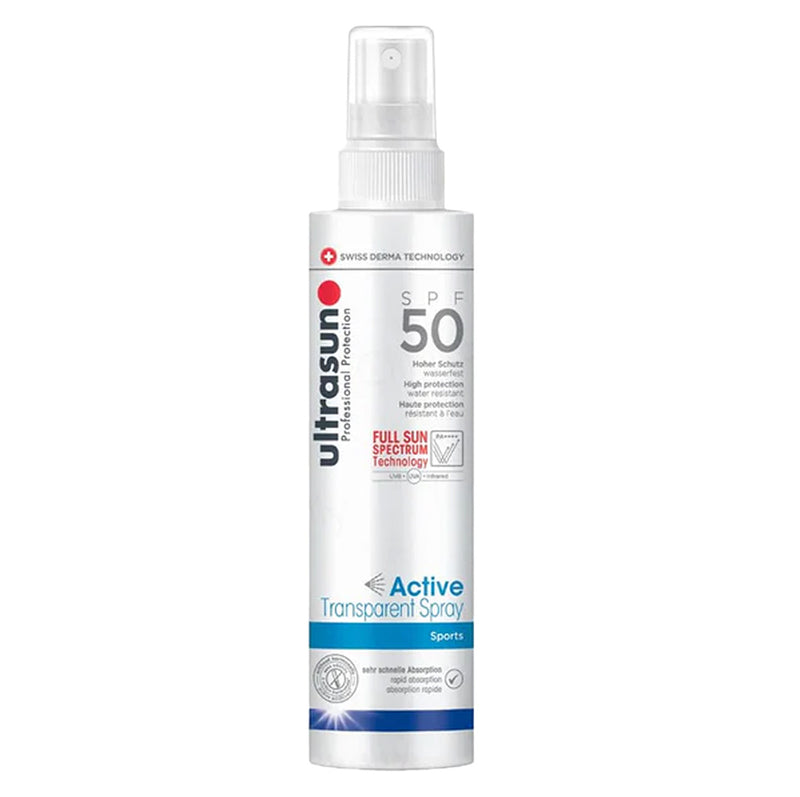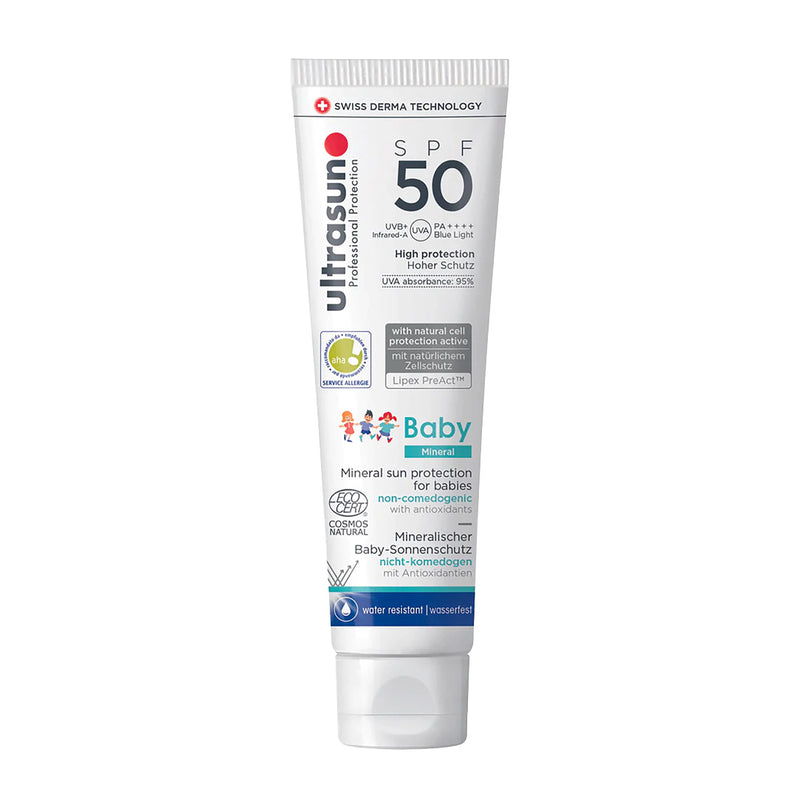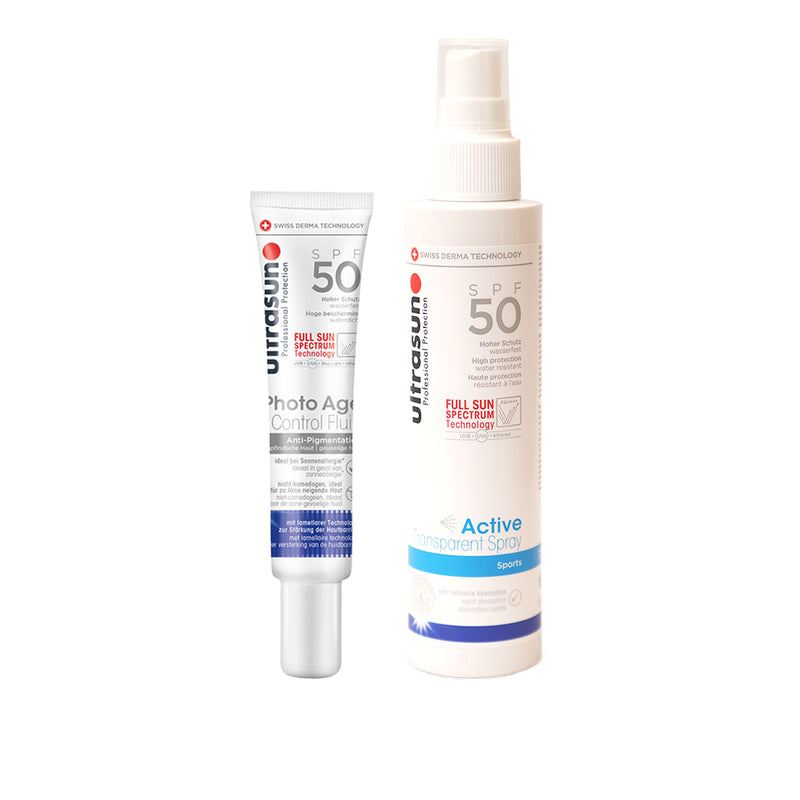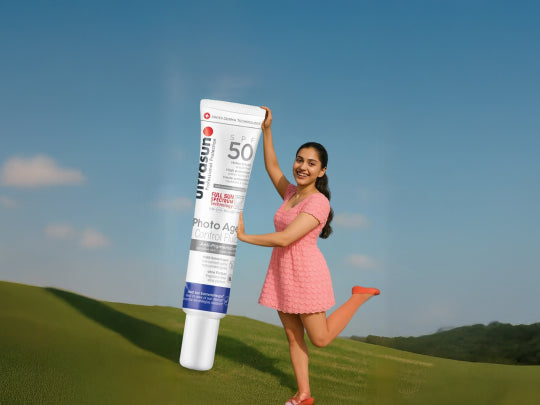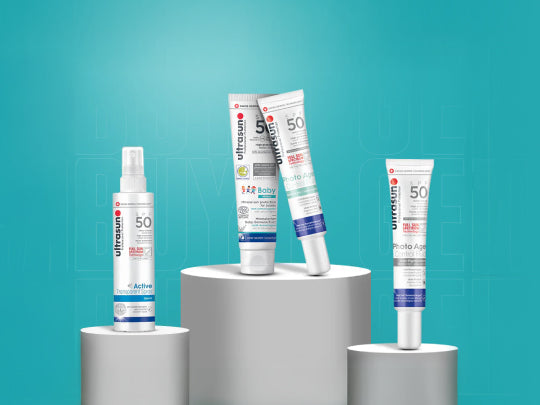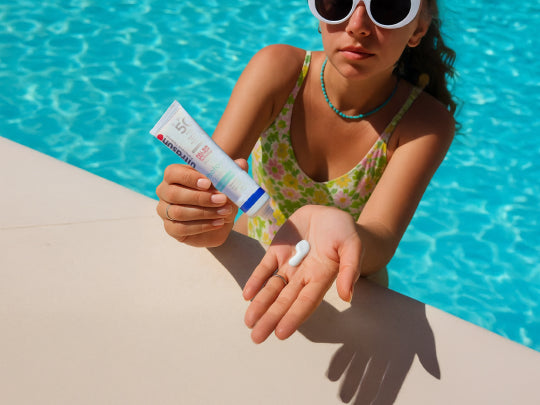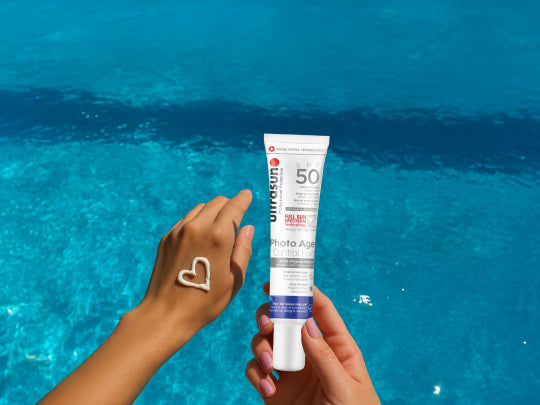Nowadays, using sunscreen is one of the most important things to protect the skin against the harmful effects of ultraviolet (UV) rays. Anyone can choose the correct sunscreen if he/she knows about the ingredients used in sunscreen. Here we will explore harmful ingredients in sunscreen that should avoid, their significance, and how to understand sunscreen labels for the best protection.
Active Ingredients in Sunscreens
Active ingredients in sunscreen play a very important role in protecting our skin from the damaging effects of UV radiation. These ingredients are responsible for either absorbing or reflecting UV rays, depending on the type of sunscreen.
Different Types of Active Ingredients
A) Chemical Sunscreen Filters
Chemical sunscreen's active ingredients include oxybenzone, avobenzone, octinoxate, and octisalate. These ingredients work by absorbing UV rays and converting them into less harmful energy. They are commonly used due to their light texture and ease of application.
B) Mineral or Physical Sunscreen Filters
Mineral sunscreen active ingredients, like zinc oxide and titanium dioxide, act as physical barriers that reflect and scatter UV rays away from the skin. These ingredients are safe and can be suitable for sensitive skin as they are less likely to cause irritation. These are white in color and that is why generally mineral sunscreens have a white cast.
1. Zinc Oxide
Zinc oxide is a mineral sunscreen ingredient that provides broad-spectrum protection against both UVA and UVB rays. It forms a physical barrier on the skin's surface, reflecting and scattering UV rays effectively. It is a safe ingredient but is white in colour so if used in large quantity( generally in mineral sunscreens) give a white cast to the sunscreen.
2. Titanium Dioxide
Titanium dioxide is a mineral sunscreen ingredient that reflects and scatters UV rays away from the skin. It offers excellent UVB protection but is often combined with other ingredients to enhance its UVA protection. This is also white in color.

Most common Ingredient in Sunscreen that should be avoided to use
List of the most common harmful ingredients in sunscreen to avoid are as follows:
1. Oxybenzone
Oxybenzone is also known as Benzophenone-3. It's an organic compound commonly used as an ingredient in sunscreen and other personal care products. It belongs to a group of chemicals called benzophenones.
Oxybenzone is used in sunscreen formulations because it gives broad-spectrum protection, This is an important ingredient as both types of rays can cause skin damage and increase the risk of skin cancer. It is a stable product and remains effective under prolonged exposure to sunlight which is why it is used in most Sunscreens.
Why Avoid this: The problem with this ingredient is that it has the potential for skin irritation, hormone disruptor, and allergic reactions in certain individuals. It has also been found to have negative impacts on coral reefs when released into the water.
Oxybenzone is approved for use in sunscreens by regulatory authorities. However, some countries have imposed restrictions or banned its use in certain concentrations due to environmental concerns.
2. Avobenzone
Avobenzone is a chemical sunscreen agent that protects against both UVA and some UVB rays. Avobenzone tends to degrade when exposed to sunlight. So sunscreens having this ingredient will not be effective for a long time.
Avobenzone is used in most Sunscreens as it is approved by the Food and Drug Administration (FDA) and the European Commission.
Why avoid: This ingredient is not photostable and is an endocrine disruptor. Some studies have shown that some individuals may be sensitive or allergic to avobenzone.
3. Octinoxate
Octinoxate also known as Ethylhexyl Methoxycinnamate (EHMC) is a common ingredient found in many sunscreens. It is a chemical sunscreen agent that primarily absorbs UVB rays. Octinoxate has good photostability. It is also approved by Food and Drug Administration (FDA) and the European Commission.
Avoid Reason: Some studies suggest that Octinoxate may have hormonal activity and potential endocrine-disrupting effects.
4. Perfumes: Might trigger skin allergies and skin irritation.
5. Mineral Oils: It’s comedogenic and nutrientless so good to avoid.
6. PEG/PPG Emulsifiers: These are derived from petroleum so can impact your skin negatively and are also non-biodegradable which is not good for our environment.
7. Aluminium Compounds: Aluminium compounds can damage your skin cells and blocks skin pores. These compounds are generally toxic so better to avoid this ingredient.
Note: Sunscreen products often combine multiple sunscreen ingredients to provide broad-spectrum protection. So some if not all of the above chemical filters will be added to sunscreens along with other sunscreen agents.
Why you should avoid bad or harmful ingredients in sunscreen
1. Hormonally Active
Certain chemical sunscreen ingredients like oxybenzone and octinoxate. It has been found to possess hormonal activity. This means they have the potential to mimic or interfere with hormone function in the body. These potentially lead to hormonal imbalances and adverse health effects.
2. Environmental impact
Sunscreen chemicals can enter the aquatic environment through various pathways, including swimming, wastewater discharges, and coastal run-off. Some studies have also shown that certain chemical filters, particularly oxybenzone can be harmful to coral reefs, marine life, and ecosystems. These chemicals are directly linked to coral bleaching, coral mortality, and disruption of the development and reproductive processes of marine organisms.
3. Safety and health concerns
There is ongoing debate regarding the safety of sunscreen chemical filters and their potential effects on human health. Some studies have raised concerns about the potential absorption of these chemicals into the body. Their potential association with adverse health outcomes, including allergies, skin irritations, and hormone-related effects. However, the extent and significance of these effects remain a topic of scientific investigation and discussion.
4. Regulatory challenges
Regulatory frameworks for sunscreen chemical filters vary across countries, and there are differing opinions on their safety and efficacy. Some countries have implemented restrictions or bans on certain chemical filters due to environmental concerns or potential health risks. However, there are disagreements among experts and stakeholders regarding the interpretation of scientific data and the appropriate regulatory approach.
5. Potential Carcinogenic effects
Research on the potential carcinogenic effects of sunscreen ingredients is ongoing. Studies suggest that certain chemical sunscreen ingredients to avoid such as oxybenzone because it may generate harmful by-products when exposed to sunlight. The link between sunscreen use and cancer remains complex and requires more investigation.
Recommended Sunscreens for Babies & Kids with harmless ingredients
To choose safer sunscreen options, consider selecting products that use mineral sunscreen ingredients like zinc oxide and titanium dioxide. These are less likely to cause skin irritation and have a better safety profile. Always look for sunscreen products labelled "broad-spectrum" to ensure protection against both UVA and UVB rays. These mineral filters are generally considered safe and do not pose the same environmental and health concerns as some chemical filters. However, they may have some limitations, such as potential whitening or less spreadable formulations.
Ultrasun Pediatric Mineral Sunscreen
Benefits:
- Suitable for kids or babies from 0 to 15 years of age group.
- This pediatric sunscreen gives sun protection from UV, infrared, and blue light protection.
- It is suitable for hypersensitive Kid’s skin.
- Ultrasun pediatrics sunscreen is free from harmful chemicals, preservatives, and fragrances.
Understanding sunscreen ingredients is very important. It helps to make informed choices about the products that we apply to our skin. By being aware of the different types of active ingredients and their potential benefits or concerns, we can prioritize effective sun protection while considering personal preferences and specific needs.
Recommended Sunscreens to use for the best results as per the skin concern & skin type for Adults with Skin-friendly active ingredients

1. Ultrasun Sunscreen for Pigmentation with effective Sun protection
Benefits:
- It gives a Broad spectrum plus infrared and blue light protection.
- Treats pigmentation on the skin.
- It is recommended by a dermatologist.
- Can be used by men and women both.
2. Ultrasun Photo age control Sunscreen for Sensitive, Oily and Acne prone skin
Benefits:
- Highly suitable for Sensitive, Oily and acne-prone skin.
- Gives sun protection from UVA, UVB, Infrared, and blue light protection.
- PA++++ rating with SPF 50 for Ultimate sun protection.
- Non-comedogenic.
- Packed with antioxidants.
- Free from harmful chemicals.
Tips for Individuals with Sensitivities or Allergies
If you have sensitivities or allergies, opt for sunscreen products specifically formulated for sensitive skin or labelled as hypoallergenic. Ultrasun Photo age control sensitive skin is recommended by dermatologists for sensitive skin.

3. Ultrasun Transparent Sports sunscreen
Benefits:
- Easy to apply spray sunscreen with SPF 50 PA++++ rating.
- Protect from all harmful sun rays.
- It is water-resistant and sweatproof.
- It's easy to use while playing, dancing or doing any other outdoor activity.
Regardless of the sunscreen ingredients used, it is important to apply sunscreen generously. Re-apply it as directed, and complement it with other sun protection measures such as seeking shade, wearing protective clothing, and avoiding prolonged sun exposure during peak hours. By adopting a comprehensive approach to sun safety, we can safeguard our skin and promote long-term skin health.
I hope, now you got the list of harmful ingredients in sunscreen that should avoid. Remember, before making any significant changes to your sunscreen routine, it's advisable to consult with a healthcare professional or dermatologist to ensure the choices align with your unique circumstances and skin type.
Source:
https://www.fda.gov/cosmetics/cosmetics-laws-regulations/prohibited-restricted-ingredients-cosmetics

